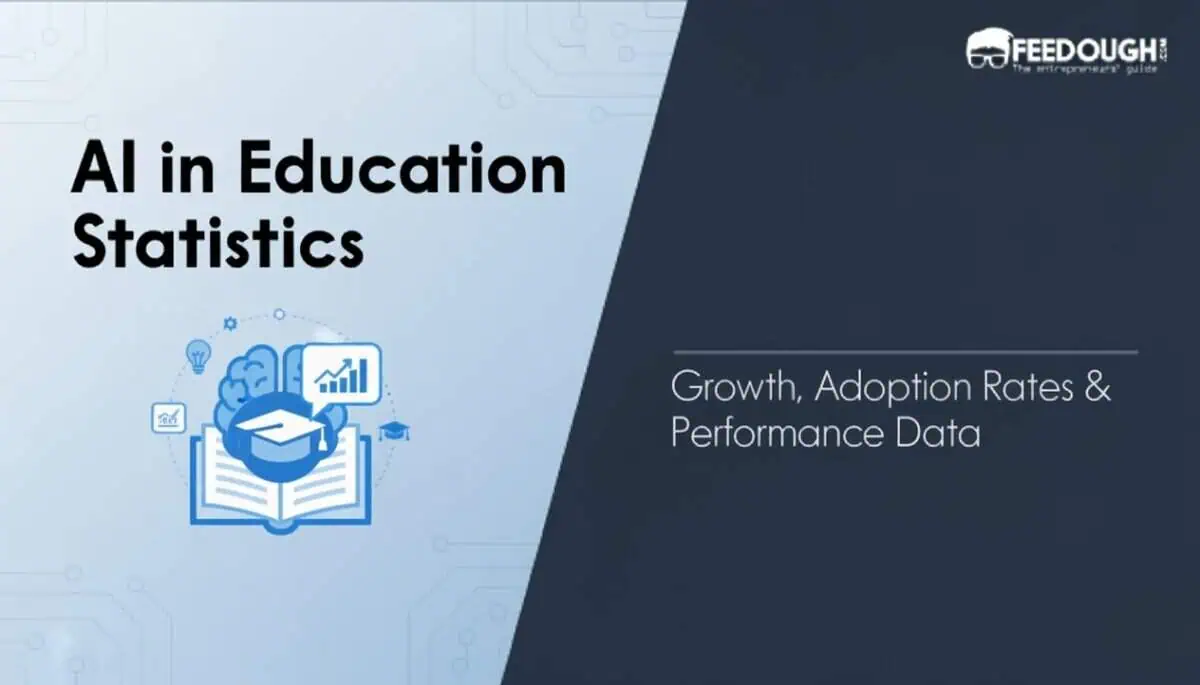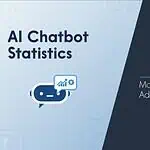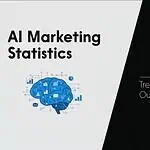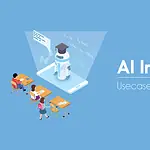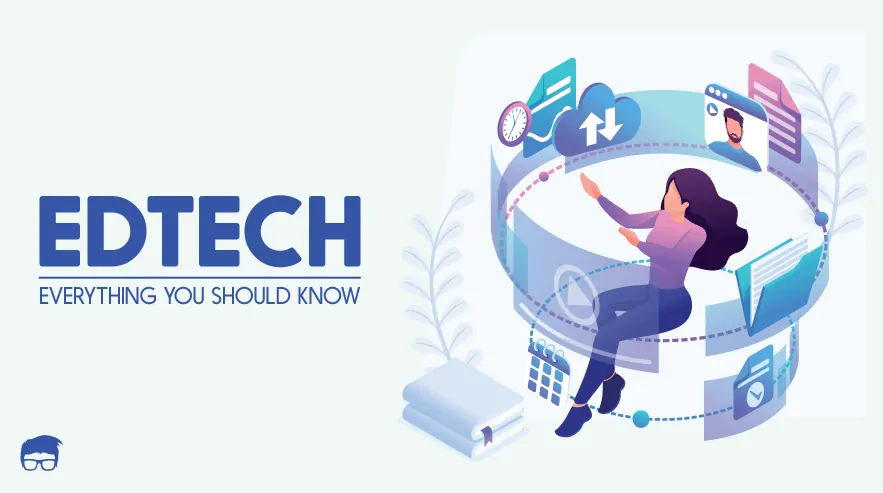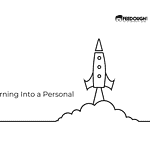86% of students globally are already using AI tools in their studies. We’re not talking about a distant future anymore. AI in education is happening right now. And the numbers tell a story that’s bigger than most people realise.
The education AI market? It’s sitting at $18.92 billion today and racing toward $48.63 billion by 2030. That’s not just growth – that’s a complete transformation of how learning works.
Whether you’re an educator trying to keep up, a policymaker making decisions, or a researcher tracking trends, these statistics will show you exactly where AI in education is heading. Some of these numbers might challenge what you thought you knew about AI in classrooms.
Key AI in Education Statistics
These numbers tell the story of just how quickly AI has moved from classroom experiment to educational mainstream. The data reveals patterns that might surprise you – especially around who’s actually leading this charge.
Student Usage Patterns:
- 54% of students use AI daily or weekly – according to DemandSage, showing AI has become part of regular study routines rather than occasional help
- 56% of college students use AI for assignments – homework and projects are the primary battleground for AI adoption.
Teacher Adoption & Attitudes:
- 65% of teachers already use AI for academic work – Open2Study research shows educators aren’t lagging behind students as much as you might think
- 50% of educators express excitement about AI – though PassiveSecrets data also shows the other half remains cautious
- 93% of teachers want AI regulations established – nearly universal desire for clear guidelines before full adoption
Performance & Efficiency Gains:
- Students using AI tools outperformed peers by 12.4% – measurable academic improvements when AI is used properly
- 44% time savings for teachers using AI tools – equivalent to reclaiming nearly two full days per work week
- 20.7% CAGR growth rate through 2030 – the market expansion shows no signs of slowing down
What’s interesting here is how the teacher adoption rate actually exceeds their excitement level. You’re seeing educators using tools they’re still figuring out – which explains why regulation demands are so high.
AI Education Market Size and Growth Statistics
The AI education market presents fascinating complexity when you look at how different research firms calculate its worth. While most analysts agree on the explosive growth trajectory, their market valuations tell different stories depending on what they count.
Market Valuation Range
You’ll find market size estimates that seem contradictory at first glance. Some reports value the current market at $6 billion by 2025, growing from £2.5 billion in 2022. Meanwhile, other studies show projections from $4.29 billion to $5.88 billion for 2024 alone.
This isn’t about firms getting their numbers wrong. The thing is, each research company defines “AI in education” differently. Some focus purely on software and platforms. Others include hardware, consulting services, and even teacher training programs. That’s exactly why you see this range of valuations.
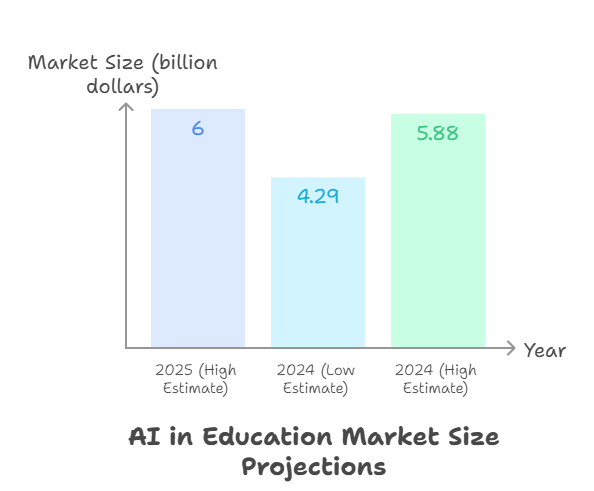
Growth Rate Analysis
Here’s where the studies align more closely. Most firms project growth rates between 22% and 45% annually. Precedence Research forecasts the most aggressive expansion, with a 36.02% CAGR leading to $112.30 billion by 2034.
The 22% annual growth rate represents the conservative end, while others push toward 45%. What accounts for this variation? Conservative estimates focus on proven AI applications already in schools. Aggressive projections factor in emerging technologies like personalised learning algorithms and AI tutoring systems.
Long-term Projections
Looking toward 2030, most analysts converge around $32-48 billion market value. The $48.63 billion by 2030 projection reflects optimistic adoption rates across global education systems.
By 2034, estimates stretch from conservative $50 billion figures to the ambitious $112.30 billion projection. The wide range reflects uncertainty about regulatory support, infrastructure development, and teacher acceptance rates.
Regional variations also impact these projections. North America commands about 38% of the current market share, but the Asia Pacific shows the fastest growth potential at over 35% annual expansion.
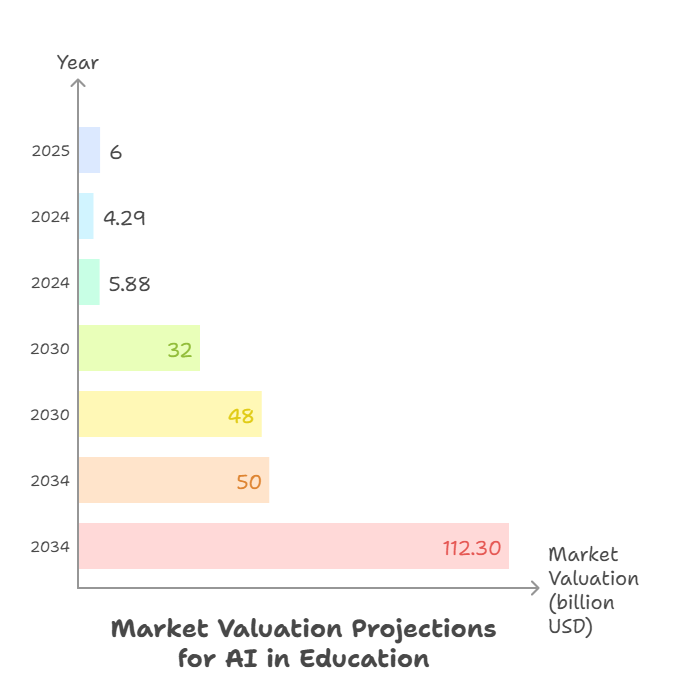
Student and Teacher AI Adoption Patterns
While those big-picture numbers tell us AI is everywhere in education, the real story sits in how different groups are actually using these tools. It turns out the patterns are more nuanced than you might expect.
Student Usage by Education Level
College students lead the charge when it comes to AI integration. That 56% who use AI for assignments? They’re not just dabbling – they’re incorporating these tools into research, writing, and problem-solving across multiple subjects. Around 44% of children actively engage with generative AI, with more than half using it specifically for schoolwork and homework.
But here’s what caught our attention: K-12 usage follows a different pattern entirely. Younger students tend to use AI more for quick homework help and study support, while high schoolers mirror college behaviour more closely. The thing is, elementary students often need more guidance to use these tools effectively.
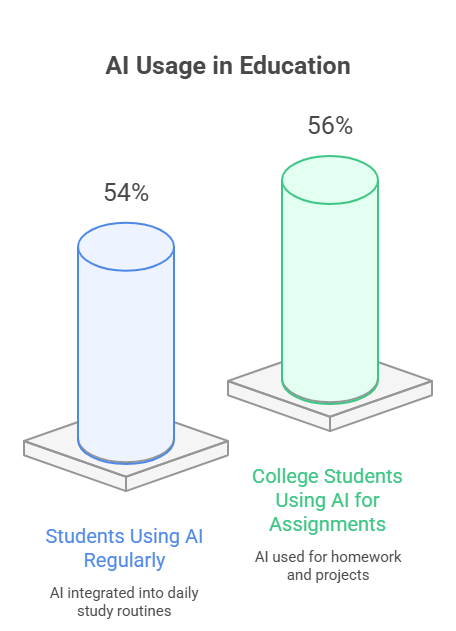
Teacher Implementation Patterns
Teachers split their AI usage between two distinct purposes, and the difference matters. On the administrative side, AI helps with lesson planning, grading, and parent communication – that’s where the 44% reduction in administrative burden really shows up. About 63% of U.S. educators report weekly usage, but most of that time goes toward behind-the-scenes tasks rather than direct classroom instruction.
When it comes to actual teaching, adoption drops noticeably. Teachers remain cautious about using AI for content creation or student interaction, preferring to keep these tools in supporting roles rather than front and centre.
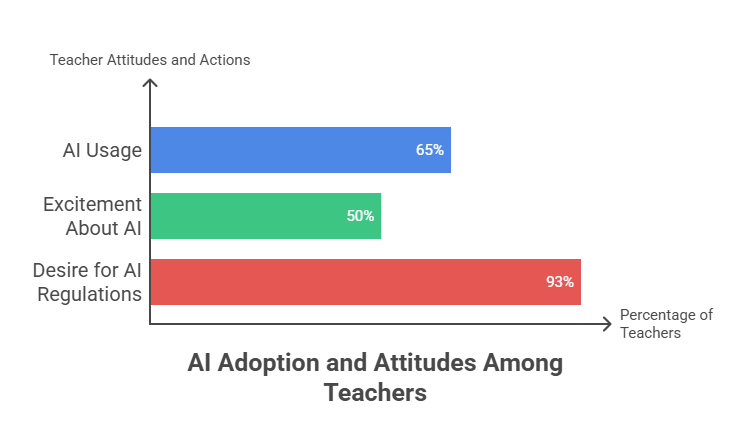
Purpose-Driven Adoption
The most interesting pattern? Purpose drives everything. Students gravitate toward AI for writing assistance, research summaries, and problem-solving walkthroughs. Teachers lean heavily on administrative applications – creating rubrics, generating parent newsletters, and organising curriculum materials.
What you don’t see much of yet is collaborative AI use in classrooms. Most adoption still happens individually, either students working alone or teachers handling administrative tasks privately. The shared classroom AI experience remains relatively rare, though that’s starting to shift in some forward-thinking institutions.
AI Education Performance and ROI Statistics
The question everyone’s asking isn’t whether AI will transform education – it’s whether the investment actually pays off. We’re talking about real dollars, measurable outcomes, and whether students genuinely learn better with AI assistance.
Here’s the thing – the data isn’t just promising anymore. It’s compelling.
Academic Performance Gains
A comprehensive meta-analysis of 87 educational studies shows students experience an average 12.4% improvement in performance when AI tools support their learning. That’s not a marginal gain – that’s the difference between a B- and B+ average across entire classes.
What makes this even more interesting is how AI enhances completion rates. Students using AI-personalised learning apps achieve a 91% lesson completion rate, compared to 72% on traditional platforms. When students actually finish their coursework, everyone wins.
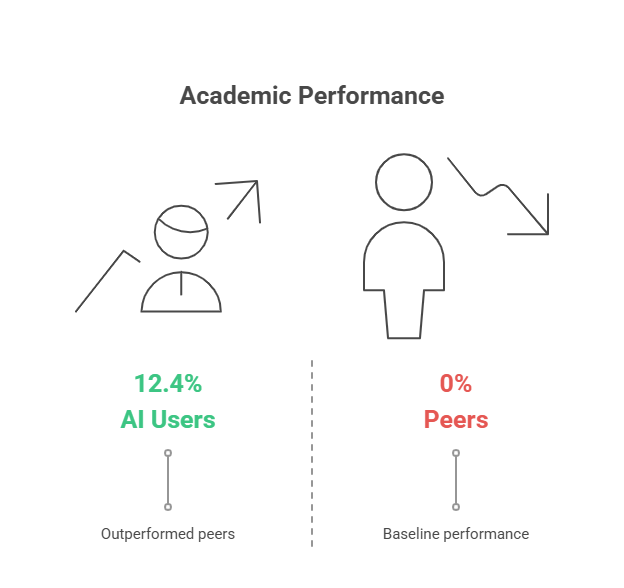
Teacher Efficiency Improvements
That 44% teacher time savings we mentioned earlier? It translates directly to better outcomes. Teachers aren’t just grading faster – they’re identifying struggling students weeks earlier than traditional methods allow.
The ripple effect is huge. When teachers spot at-risk students early, intervention success rates jump significantly. You’re looking at prevention rather than remediation, which costs less and works better.
Corporate Training ROI
Corporate training shows the clearest ROI picture. Organisations report a 57% increase in learning efficiency when AI personalises employee training programs. That means the same training budget produces dramatically better-skilled workers in less time.
Companies are seeing faster skill acquisition, reduced training downtime, and employees who actually retain what they learn. The business case writes itself when training becomes this effective.
What These Numbers Mean for Education’s Future
The statistics paint a clear picture: AI in education isn’t coming—it’s already here, reshaping how students learn and teachers teach. With 86% of students actively using AI tools and performance improvements averaging 12.4%, we’re witnessing the early stages of a fundamental shift in educational practice.
But here’s what stands out most: the massive gap between adoption and comfort levels. While teachers are integrating these tools at impressive rates, 93% are calling for regulations. This tells us something important—educators aren’t resistant to AI, they just want guardrails.
For education leaders, this means the focus should shift from whether to adopt AI to how to implement it responsibly. The $18.92 billion market growing to $48.63 billion by 2030 suggests this technology will only become more prevalent and sophisticated.
What you should watch for next: clearer regulatory frameworks, more targeted teacher training programs, and AI tools designed specifically for different education levels. The institutions that get ahead of these trends—rather than just keeping up with them—will likely see the greatest benefits for their students and educators.
A startup consultant, digital marketer, traveller, and philomath. Aashish has worked with over 20 startups and successfully helped them ideate, raise money, and succeed. When not working, he can be found hiking, camping, and stargazing.
